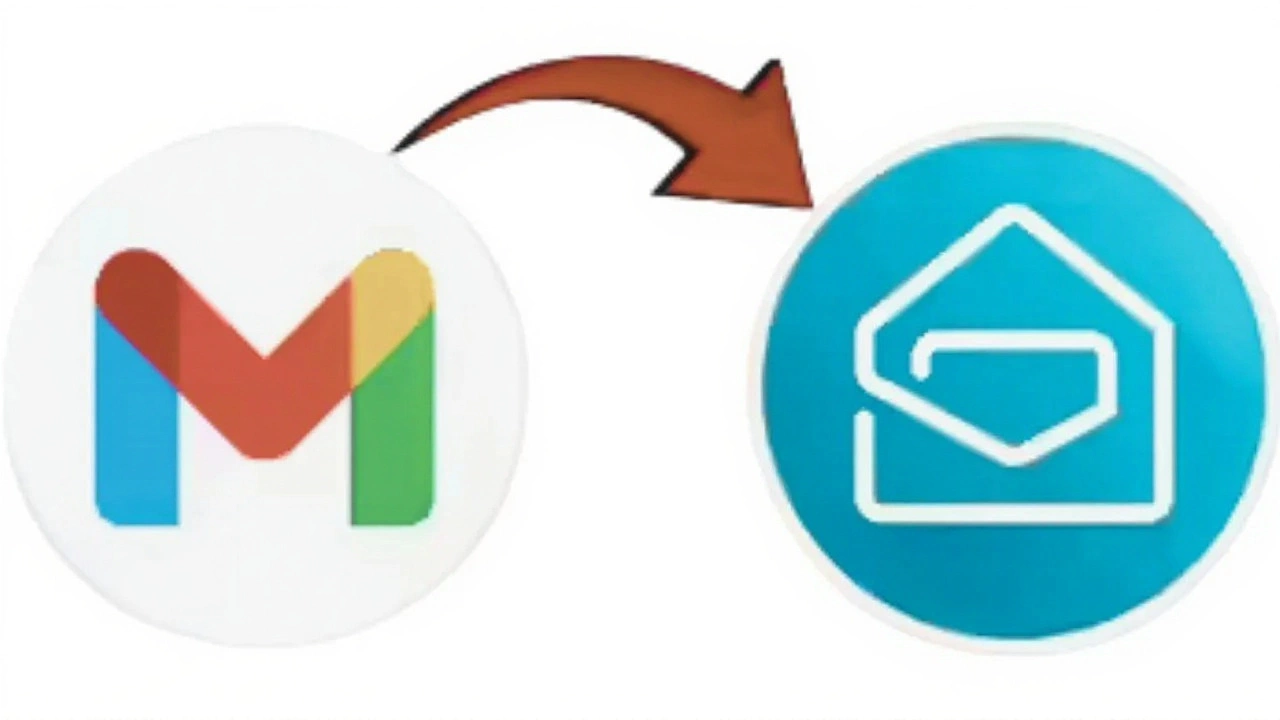Email Migration
When working with Email Migration, the process of moving email messages, contacts, and settings from one platform to another. Also known as mail migration, it helps organizations switch providers, consolidate accounts, or adopt cloud solutions. You’ll quickly see why a smooth transition matters for daily communication and data security.
One of the core building blocks is Data Transfer, the movement of email files, attachments, and metadata between source and destination servers. Without reliable data transfer, messages get lost and users face downtime. Another crucial piece is Cloud Email, email services hosted on remote servers such as Google Workspace or Microsoft 365. Cloud email reduces on‑premise maintenance and scales with company growth. For protocol‑specific moves, IMAP, Internet Message Access Protocol, acts as the standard method for fetching and syncing mail across devices. Finally, many migrations target Microsoft 365, Microsoft’s cloud productivity suite that includes Exchange Online for email, because it offers built‑in migration tools and tight Office integration.
Email Migration isn’t just a technical switch; it’s a project that touches users, IT teams, and compliance officers. Planning starts with an inventory of mailboxes, size estimates, and any custom rules. Next, you map source folders to destination structures, often using the same IMAP hierarchy to keep things familiar. Testing a pilot group lets you spot hidden issues like malformed headers or overly large attachments before a full‑scale rollout.
Key Steps for Successful Email Migration
The first step is a thorough assessment. Identify which email platforms are involved, the volume of data, and any regulatory requirements. Then choose a migration method: cut‑over (all at once), staged (phased groups), or hybrid (parallel systems). Each method influences downtime, user impact, and resource needs.
Second, pick the right tools. Built‑in options like Microsoft 365’s Migration Wizard handle many scenarios, but third‑party solutions such as BitTitan or MigrationWiz add extra flexibility for complex environments. Tool selection often depends on whether you need to preserve folder permissions, custom metadata, or shared mailboxes.
Third, execute the data transfer. Schedule it during low‑usage windows, monitor bandwidth, and verify checksum integrity to ensure nothing gets corrupted. Keep users informed with clear timelines, fallback options, and support channels.
Finally, post‑migration validation is critical. Run reports to confirm all messages arrived, test send/receive functions, and solicit feedback from end‑users. A quick cleanup of orphaned accounts and updating DNS records wraps up the process.
These steps create a solid framework that turns a potentially disruptive change into a smooth upgrade. Below you’ll find articles that dive deeper into each phase, share real‑world case studies, and list tools that can make your migration faster and safer.
India's Home Minister Amit Shah orders a shift from Gmail to Zoho Mail across ministries, emphasizing data security and indigenous tech. Rollout begins March 2024.
Read More




